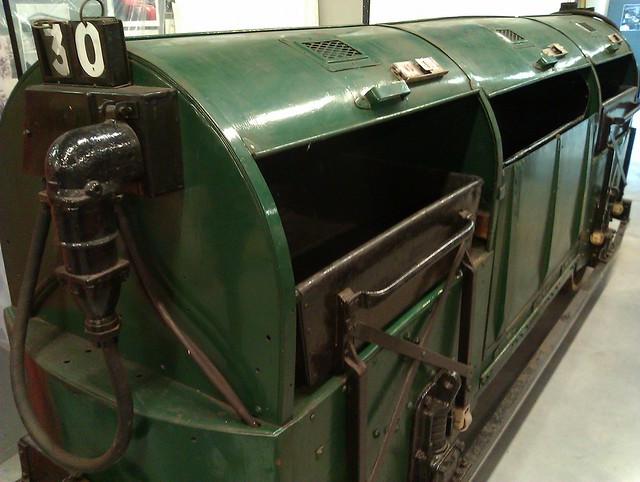We met Lucy (aka Lucy156) a couple of years ago in Oxford, and we were immediately struck by her cheerfulness and sense of humor! Plus, she informed us which magazine had free Doctor Who postcards… we were instant friends! :) Here’s her interview:

- How did you come across Postcrossing? What got you hooked?
-
I discovered Postcrossing in June 2006, quite by accident! I was searching for new penpals to exchange letters and postcards with and found this site! I immediately liked the idea of sending postcards to many different people across the world, from different cultures, to share views of where I live and have visited but also to learn more about where they live and places that they have visited.
- Do you have any other interesting hobbies?
-
My other interests, besides Postcrossing of course, are penpalling, listening to a wide range of music from classical to jazz and blues to rock, watching various drama and sci-fi programmes, going to the cinema and taking weekends away with my partner Mark in out red VW campervan called Babs.
- Show us your mailbox, your mailman/mailwoman, your postoffice or the place where you post or keep your postcards!
-
My local post office and post box is just a short trip into town for me. The staff at the office know me well and always save a sheet of new stamps when they are issued for me to collect, which makes me very happy!
My mailbox is in the communal area in the block of apartments where I live… my postman enjoy seeing all the different kinds of cards I get and has admitted to looking through them before dropping them into my box!

I file all my received cards into boxes by country, which I really enjoy organising. My available cards are also sorted into boxes by theme so that I can easily find them!

- What is it your favorite part of the Postcrossing process?
-
I love being surprised when I open my mail box to find a new postcard in there and getting online to register it and find out more about the area where the card has come from or discover more about the theme that it relates to! I enjoy updating my flickr page with received postcards and ones that I have ready to send…I like to try and find a special one for each person that I get details of and enjoy taking the time to do this. I have a Blogger page too which is fun to keep, when I find time between sending postcards and penpal letters!
I also enjoy taking part in the Round Robins and tags on the forum, where I get to meet so many more people and get lots of great postcards on the themes I enjoy!
- Have you been surprised by any place that you have received a postcard from or sent a postcard to?
-
One of my earliest postcards was from Nicaragua, which I am sorry to say I did not know where it was at the time when I received it! At least my knowledge of geography has hopefully improved with the help from Postcrossing!
- Have you met any other members in real life?
-
I have been luckily enough to attend 2 International Postcrossing Meetup’s in Oxford in 2013 and London in 2014! I met Ana and Paulo, founders of Postcrossing, who are two of the nicest and most genuine people I have ever met along with many others who attended from across the UK, Europe and beyond!


- Is there anything that you are passionate about?
-
I love watching Strictly Come Dancing, having been a ballroom and latin american dancer prior to an accident in 2011 which resulted in partial paralysis. I have been lucky enough to dance with one of the professionals on the UK show, Anton du Beke. I enjoy exploring the UK and Europe either as a driving holiday or on a cruise ship, particularly to places with history, museums, galleries and places which has unusual features to photography!




















